Feeling damp?
It’s the one thing every holiday caravan owner dreads – the smell and sight of damp!
Over the winter months, when there’s less air circulating through your caravan and you’re less likely to be spending as much time in your unit with the heating on, unfortunately, it can be an opportunity for damp to grow and spread. And if left untreated for long enough, damp and mould can cause considerable damage to your holiday caravan as well as health issues for some people.
In this video, we show you how to prevent and treat damp and mould in your static caravan.
Recognising damp and mould
It’s easy to spot the early signs.
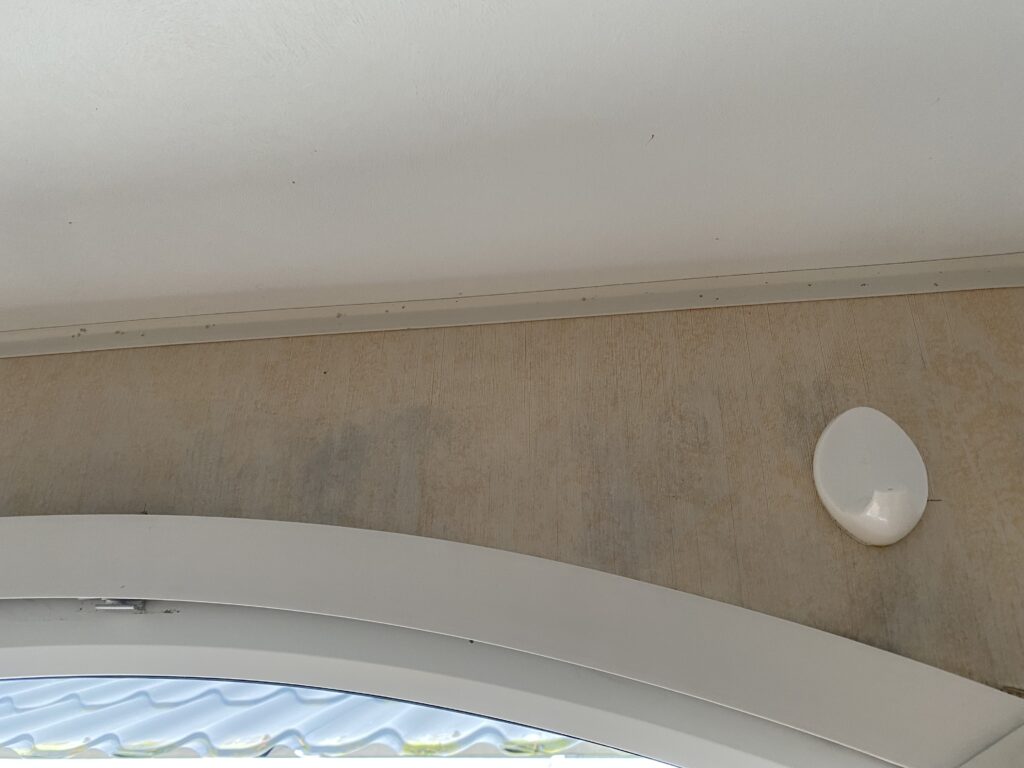
Telltale signs include a musty, stale smell inside the caravan.
Visual inspection for damp
It’s important to regularly inspect your caravan’s interior for signs of damp. It can often form around windows and doors, bathroom extractor fans or vents, or if you have faulty seams or seals, or even blocked guttering. Areas where air circulation is low and condensation has been allowed to accumulate can also cause damp spots to form.
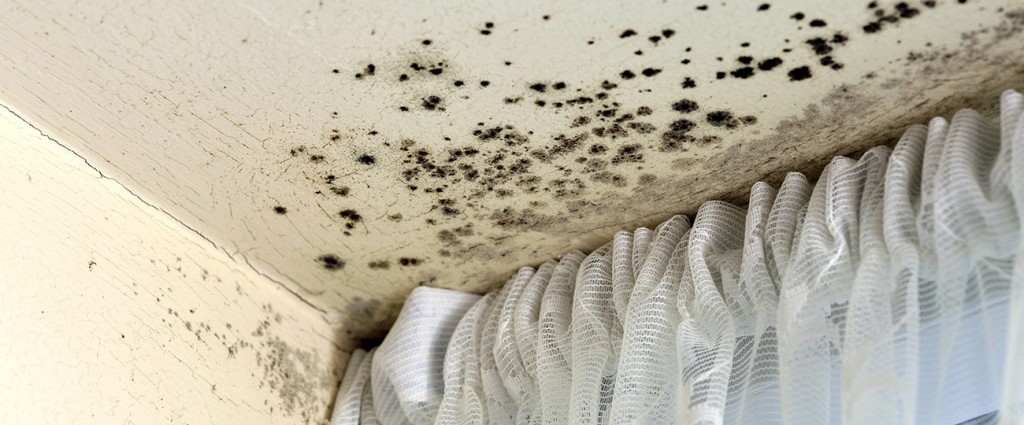
Look for black marks and water staining on walls, particularly around windows and doors or on the ceiling. Touch the area and if it feels cold and wet it’s likely you have found a problem area. In extreme cases, the surface might be spongy and the paint or wallboard paper could peel off.
If you have any soft furnishings in close proximity, including curtains and carpets, pull these away to inspect further. Unpleasant mouldy spots can form in clusters next to a damp area. If you have touched any damp or mouldy areas, wash your hands in hot soapy water.
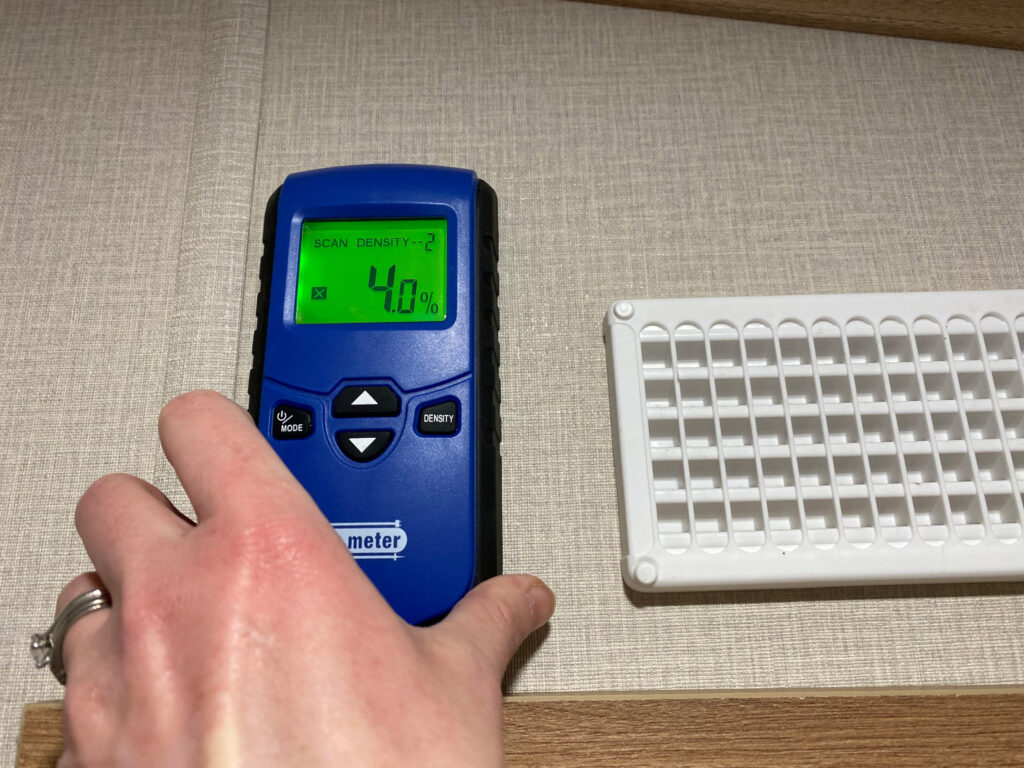
An electronic damp meter will also give you a damp reading so you can call in the experts to treat it if it’s high.
Common causes of damp in a static caravan
Poor ventilation can trap moisture inside and lead to a build-up of condensation and ultimately damp. Making sure all rooms are well-ventilated and heating temperatures are consistent, particularly when cooking and showering, will help to prevent condensation and damp.
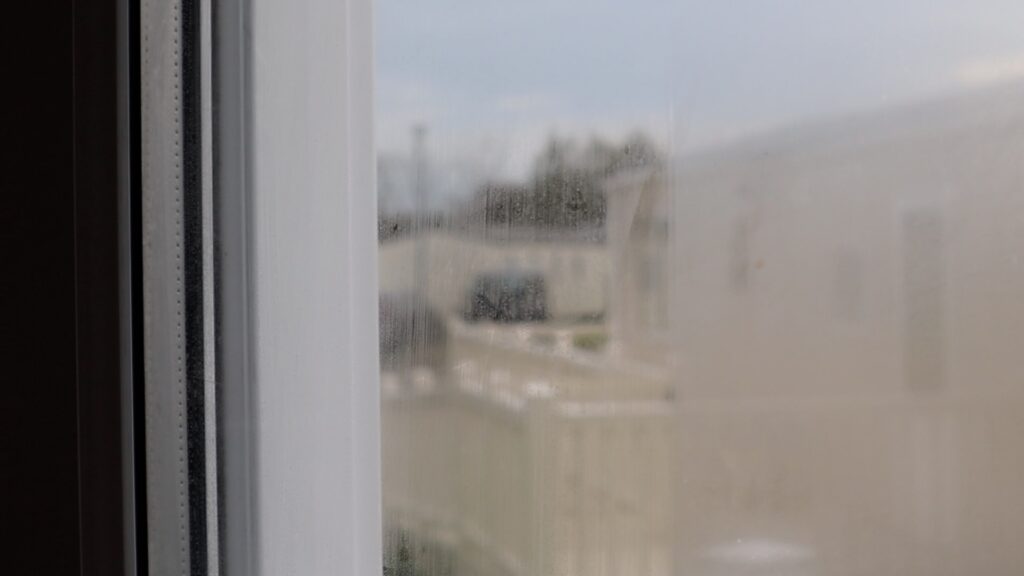
Ventilate your caravan by regularly opening vents and windows as this will help the air to circulate.
Preventing condensation and damp
Prevention is always better than cure and proper ventilation is key, as well as keeping your static caravan clean. When cooking use lids on pans and if you have an extractor fan keep it turned on whilst cooking and for a little while after.
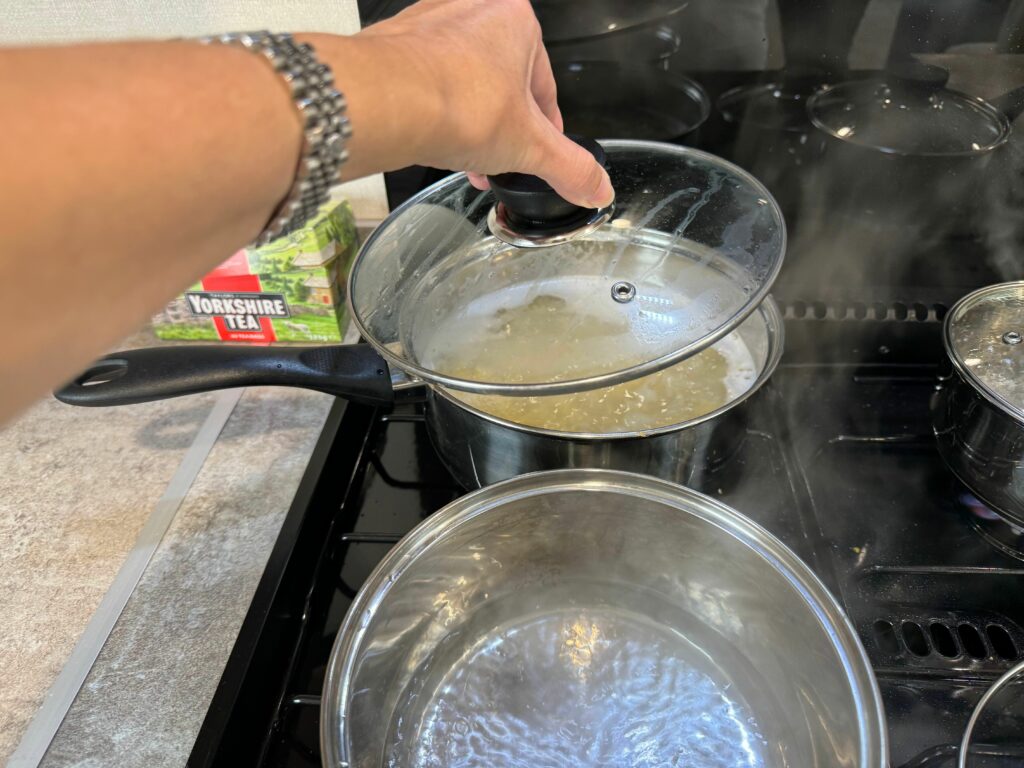
Keep internal doors into the bedroom area closed and open a window for ventilation. Wipe excess moisture off windows when it starts to build up or consider investing in a window vacuum cleaner.
When showering, keep the bathroom doors closed and if possible leave windows open to let moisture escape. It’s worth installing an extractor fan if you don’t already have one and leaving it on for a while after you’ve finished showering will help to draw out any excess moisture.
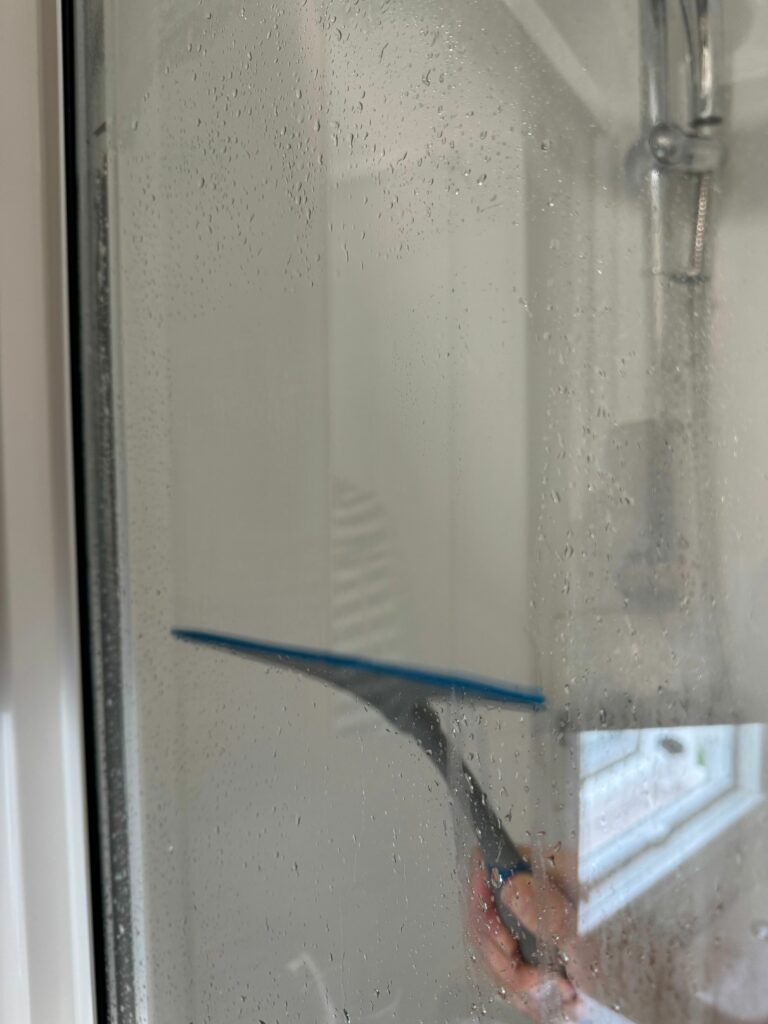
If it’s cold outside, why not open the bathroom window fully for ten minutes after showering but keep the bathroom door closed to reduce heat loss from the main living area of your caravan?
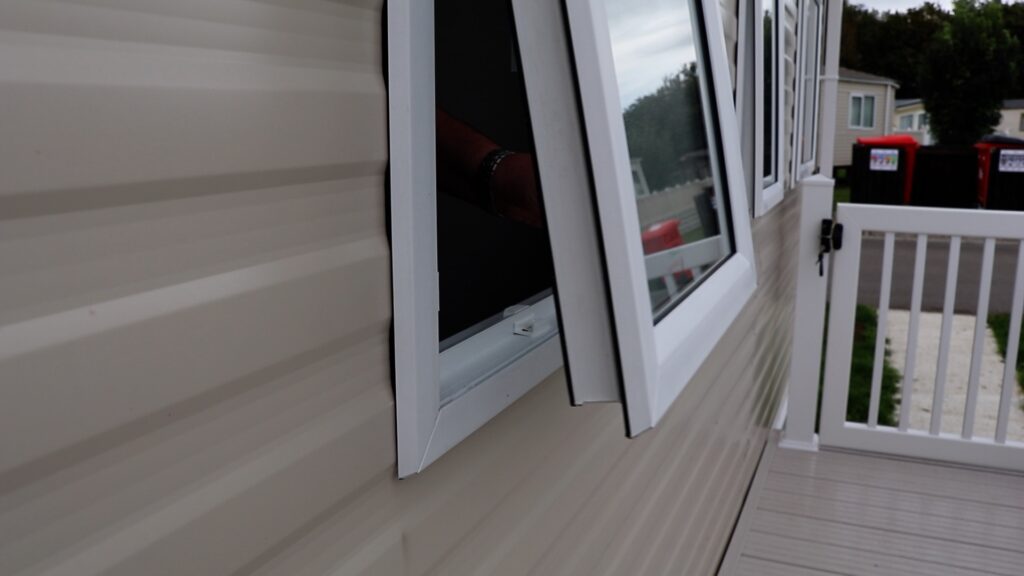
Make sure kitchen and bathroom extractor fans are working efficiently and regularly clean the filters and grills.
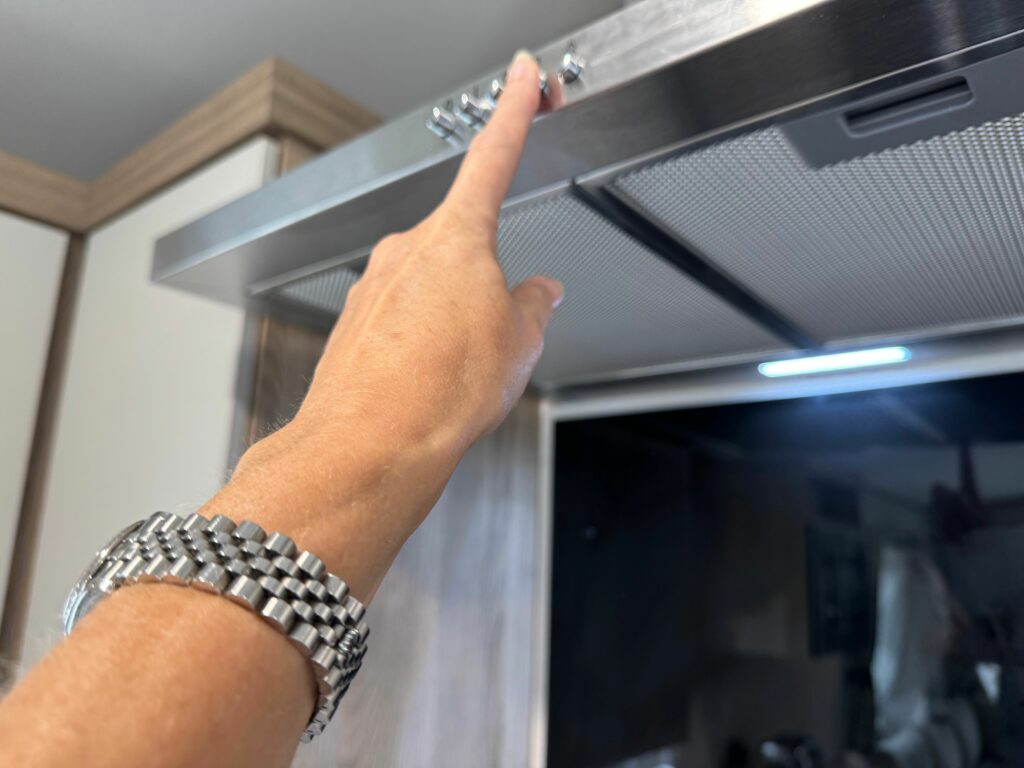
Periodically clean them from the outside and make sure they’re not blocked.
Keep things spick and span
Start by cleaning your caravan regularly. Not only will it also help to keep vermin at bay it will also prolong the life of your soft furnishings and fixtures and fittings.
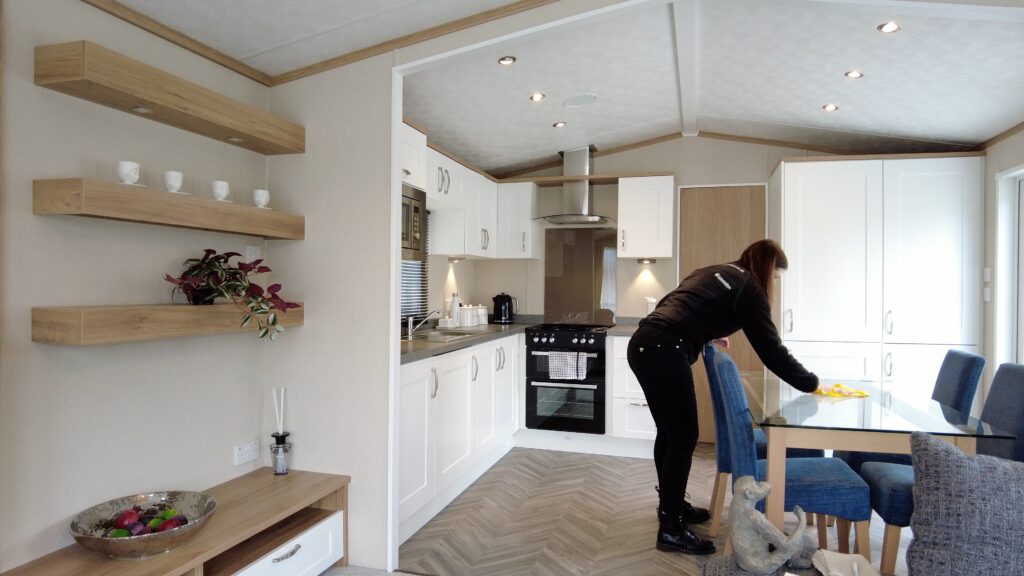
Use anti-bacterial cleaners before you head off home for the winter and make sure all surfaces are dry.
Closing up for winter
Before you close up your caravan for winter make sure any lingering condensation on walls and windows is wiped down and that the carpets are clean and dry.
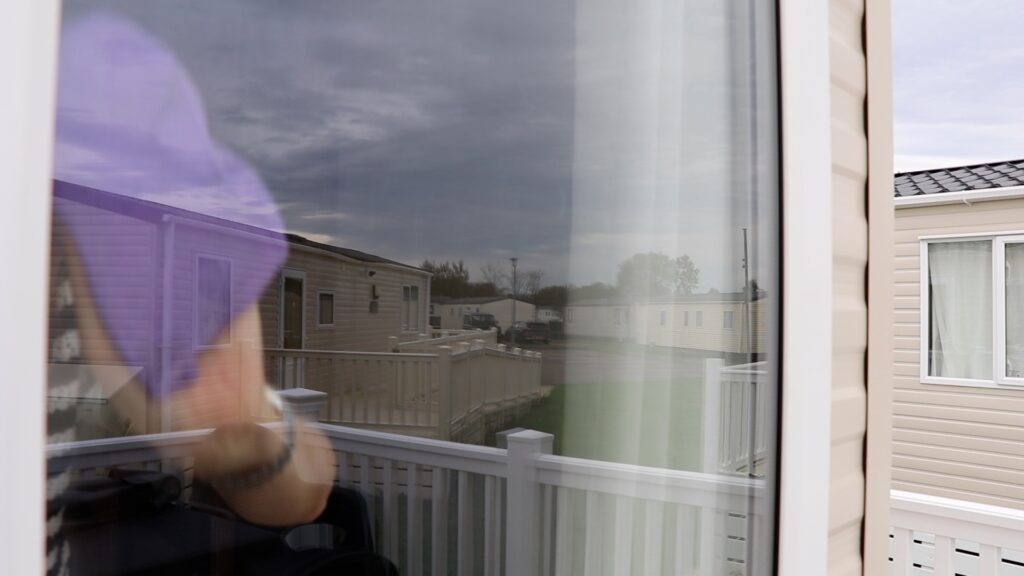
Bathrooms are likely to accumulate more damp than any other room as they’re high moisture areas. So, remove towels, fabrics and bath mats. Disconnect the shower head and drain down the sinks and toilets.
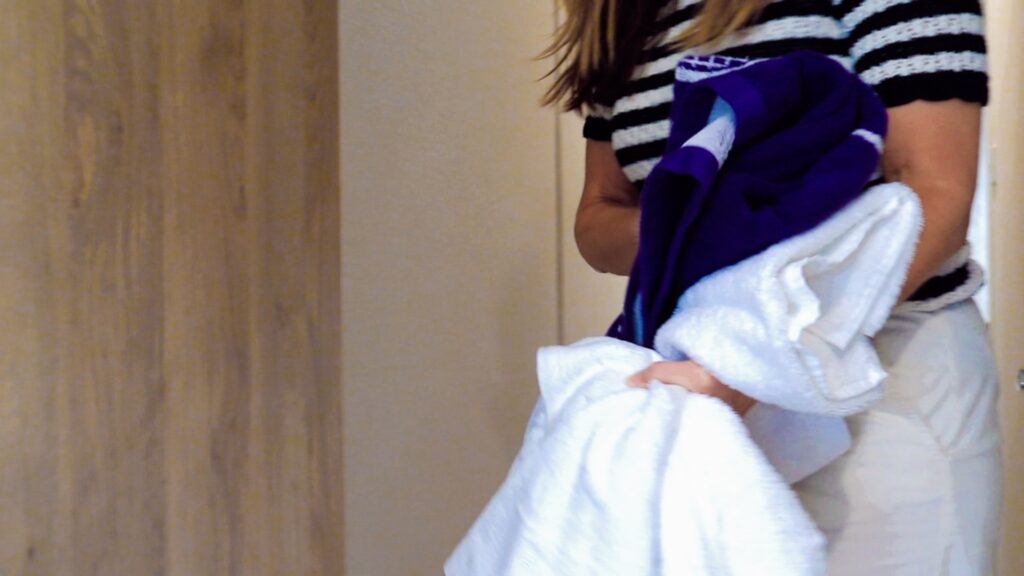
Make sure vents in this room are not blocked too.
Check seams and seals
Regularly check your seams and seals to make sure there’s no damage and they’re not letting in any water or moisture. Check outside the caravan, inspect your caravan’s roof and windows for leaks and repair any damage.
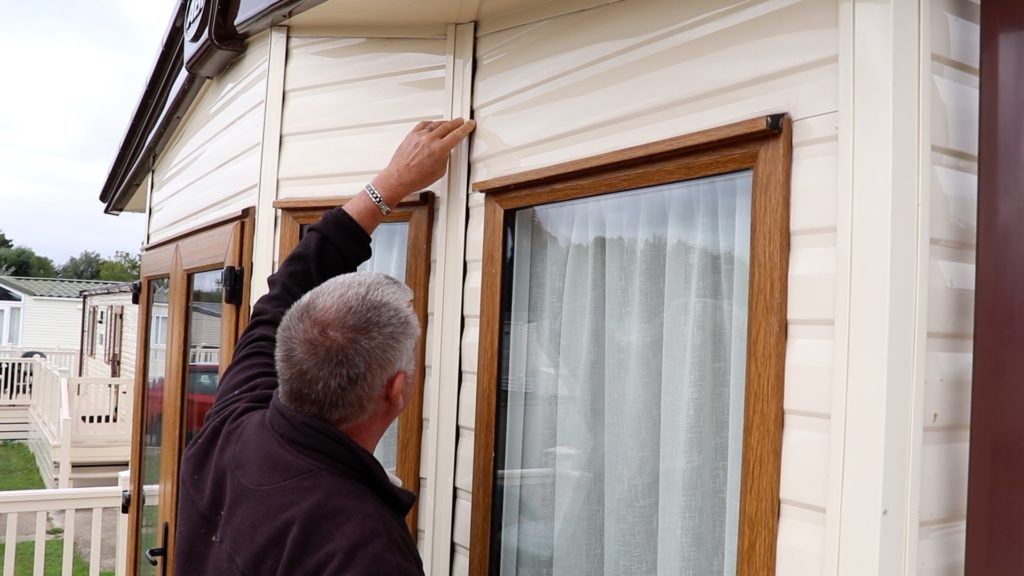
Pay particular attention to the roof, windows, doors and skylights checking for any cracks, loose or missing sealant. Water ingress caused by wear and tear to seams and seals will not be covered by your static caravan insurance and will only spread if left untreated.
Also, check your air vents are clear so air can always flow through your caravan.
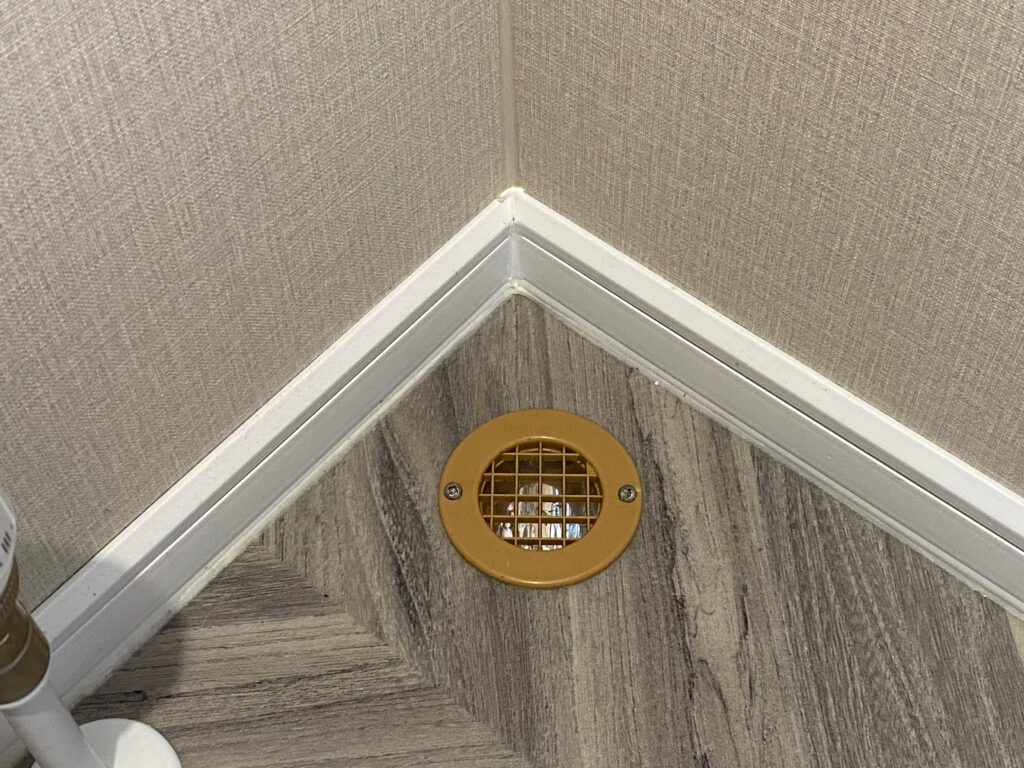
Remove any leaves that are stuck inside the guttering and give the outside of the caravan a good wash down before closing for winter.
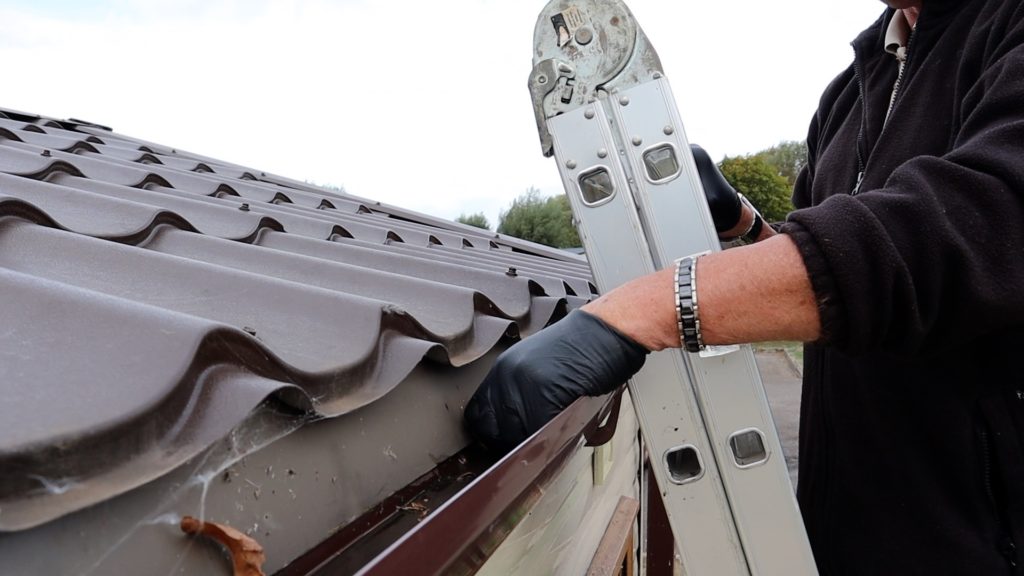
Inside, arrange furniture in a way to maximise air flow. Make sure furniture is pulled away from the edges and that mattresses are clean, bedding is removed, and towels (especially damp ones) are taken away until the next season.
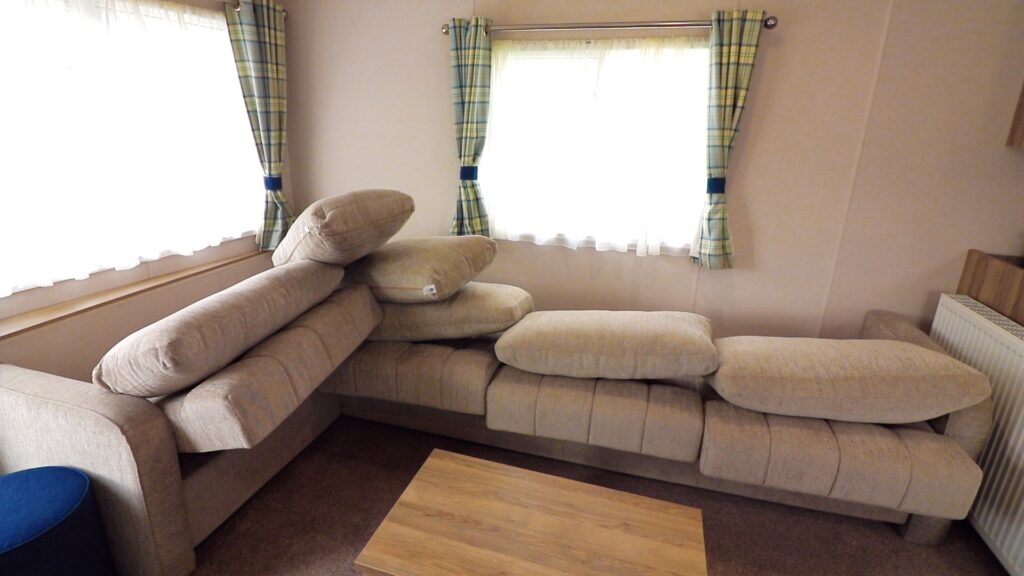
Soak it up
In areas that don’t get much air circulation, use things like moisture traps. These will actively pull damp out of the air and are ideal for the back of wardrobes and under beds.
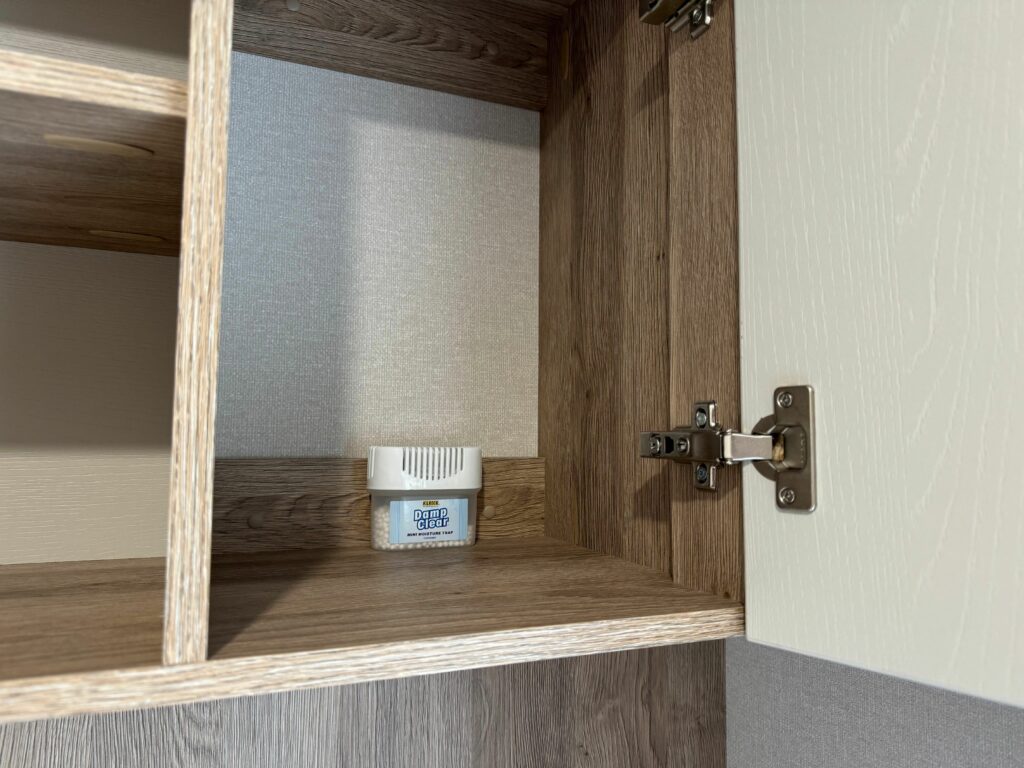

A mains powered dehumidifier will suck moisture out of the air and are effective in getting damp levels down fairly quickly, but, bear in mind they will only be effective if your caravan is to remain connected to mains electricity for the winter.
Leave internal and cupboard doors open to allow air to circulate as well as fridge and freezer doors to allow air to circulate there.
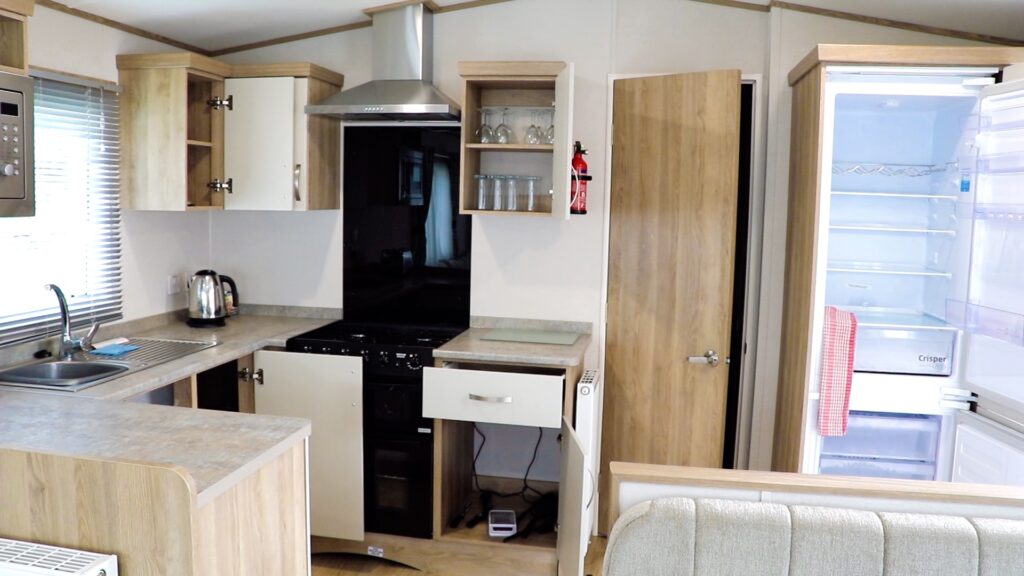
Finally, if leaving curtains open make sure they’re not touching the windows.
Let the air flow
Try to visit your static caravan in the winter months to open it up for a little while and let some air circulate through it. Wipe away any build-up of condensation on windows and walls, and also check inside cupboards for any signs of damp and treat if necessary.
Check any moisture traps to see if they need emptying or refilling.
Treating damp and mould
Remove mould and mildew by wiping with a damp cloth and using an anti-mould cleaner. Or mix one part bleach to four parts water and using a spray bottle, spray over the affected area. Then, gently scrub to remove the mould. It’s worth wearing a mask to carry out this task.
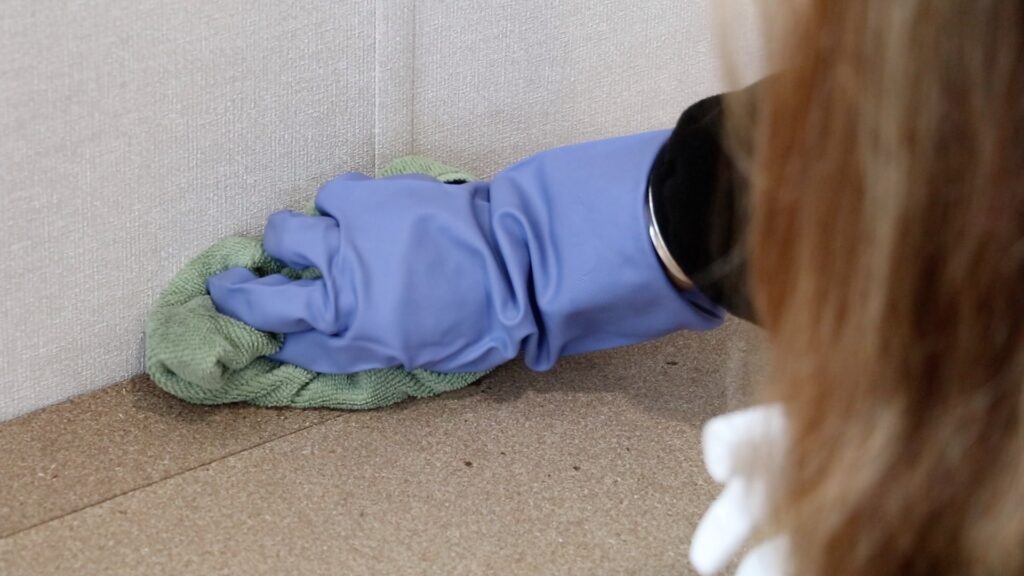
Once gone, wipe away the bleach mixture and dry with a soft cloth. Some people then use clove oil mixed with water and spray the area, leave for 20 minutes and then wipe dry.
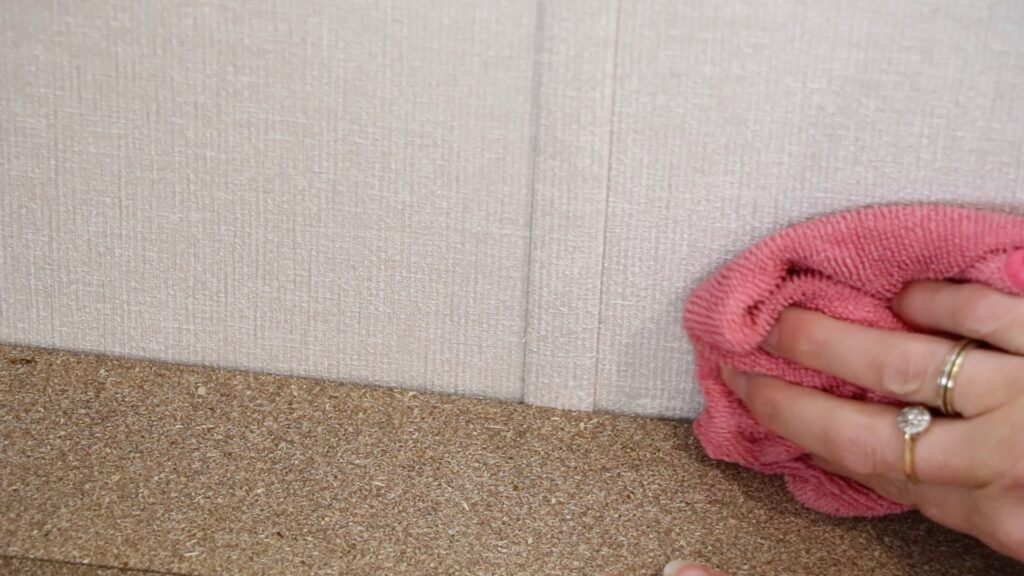
Cleaning mould away is not a permanent solution, finding the cause of the mould is far better than treating it. So, investigate further, where this might be coming from.
If you’ve had any soft furnishings in close proximity to damp or mould, including curtains, wash these in your washing machine Or hand wash with a standard washing powder or capsule plus one cup of white vinegar per load of laundry. The vinegar will remove any trace of a damp smell. If you do have mould on the fabrics or clothing, wash these at a higher temperature to kill off the bacteria.
Call in the experts
If you have a severe problem with damp in your caravan or you spot damage to your seals then it’s best to get this checked out professionally and have any damage repaired quickly. Use either the maintenance team at your park or an independent engineer to find and fix the issue.
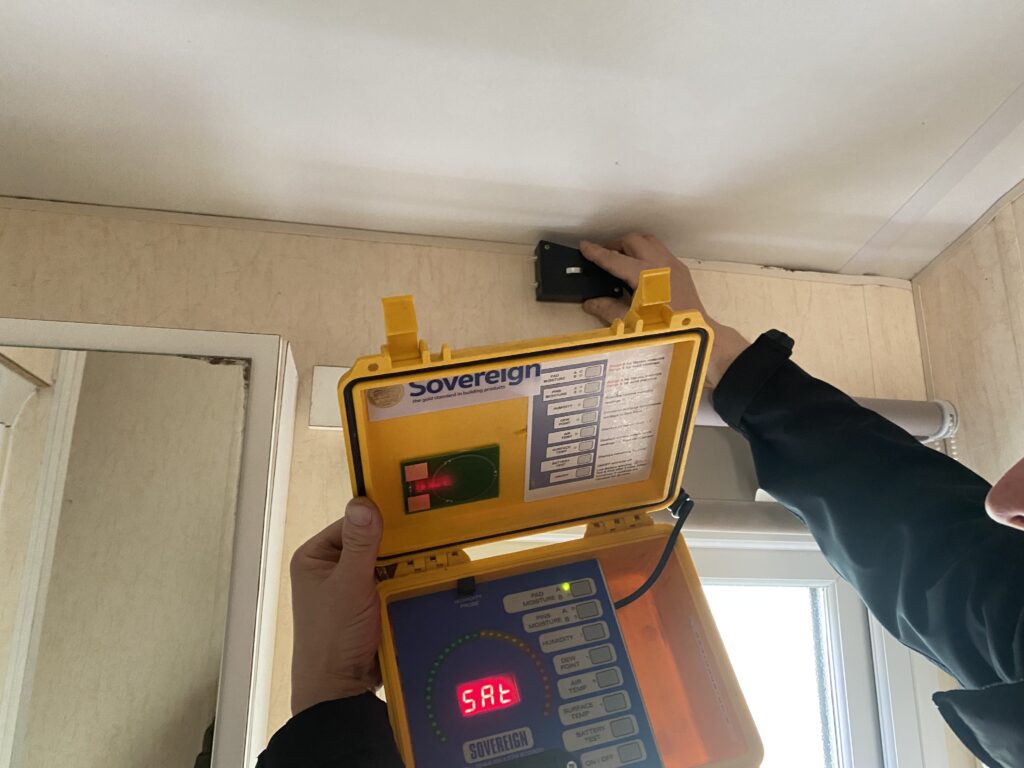
Catching damp early will save you thousands of pounds in damage, so as soon as you spot it, get some expert advice and regularly inspect your caravan’s roof, windows, seams and seals for potential leaks.
Over to you…
Have you experienced damp or mould in your holiday caravan or got any tips to share to avoid damp? Feel free to share in the comments box below.


Old fashioned and inexpensive remedies are excellent for keeping your home damp free.
Place a couple of old soup bowls containing half a tea cup of table salt in various rooms throughout your home, I would suggest that you place one on the floor of your toilet first, followed by each bedroom and the lounge.
I have used a couple of cheap plant pot bases which are ideal for this inexpensive solution to keeping your home damp free, and you’ll be amazed at the amount of water the table salt actually extracts.
Yes agree with Dave. We put salt in old ice-cream or margarine containers dotted around the van which catch the damp. We have also put a high/low thermometer in which tells us how cold it gets in there. it’s never reached freezing but it gets very cold!
Its all so worth looking under the caravan at each corner, for any damp patches on floor of the caravan if floor is darker in corners than the rest of the wood, it might be leaking in via side seals or gutters,
Plus clean your gutters out,
Thanks Marcus. Another good tip.
When having quote for new carpet in my static caravan the fitter found a wet patch under the carpet some 3 inches from the window and wall in the bedroom. There was no damp around the edge of the wall and radiator was not leaking. Not sure if any of my guests tipped anything on the carpet but was wondering if that is not the case could this be damp?
It might be worth asking your park operator to take a look Annette.